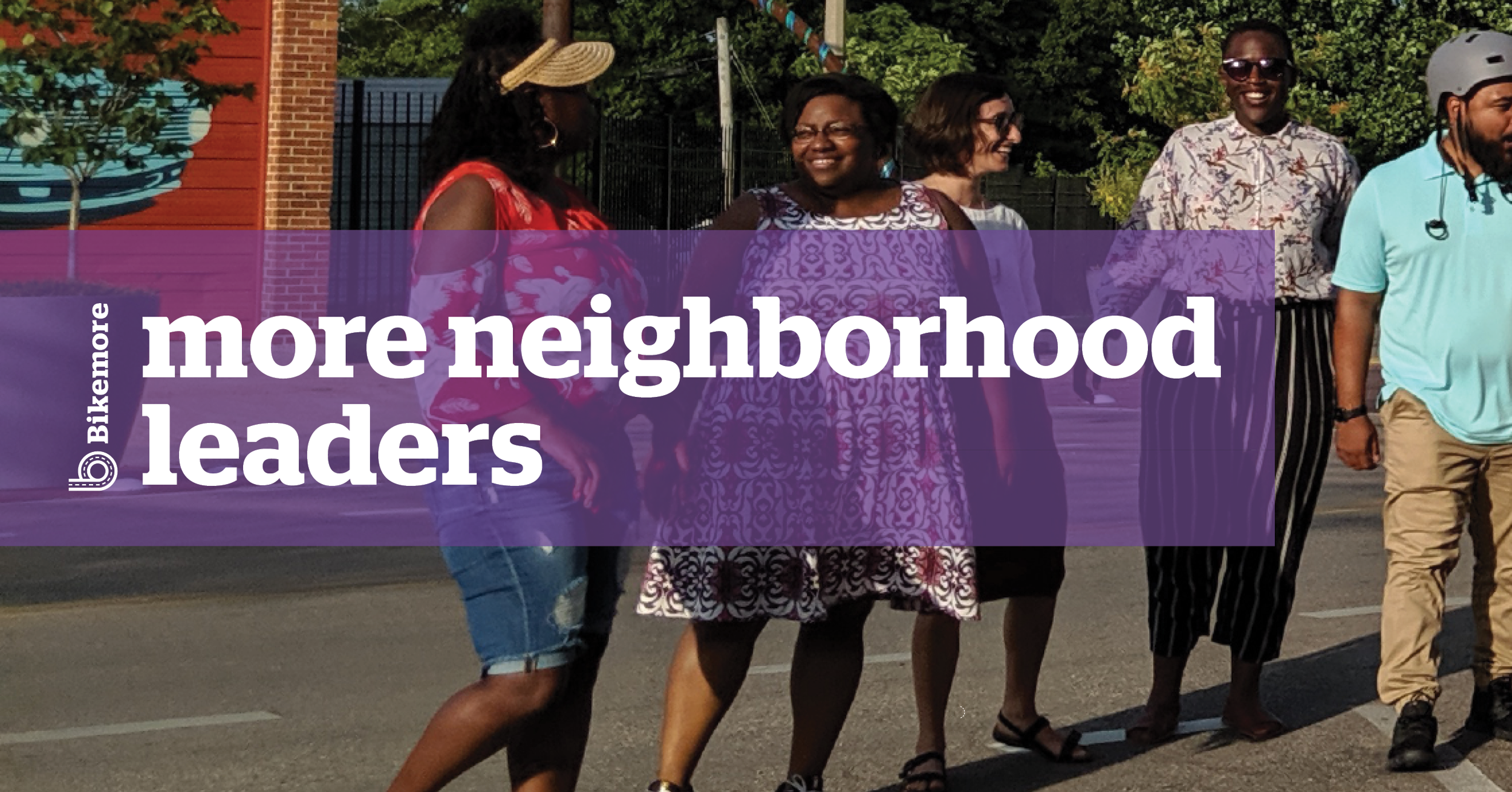Developers play a key role in shaping what our city looks like. We sat down with developer Josh Greenfeld to talk about how transportation influences development, and how development influences transportation.
When deciding to pursue an economic development project, what are some of the key aspects you consider?
When we look at potential real estate development projects, we endeavor to create housing, retail and services that neighbors want and need evaluated against the challenging realities of rents, land costs and construction costs in the Baltimore market. As primarily an urban infill developer, we are creative in re-using existing structures and building new projects adapting to modern lifestyles whether it is co-working office space, modular construction or our next project - a tiny home community for those wishing to downsize and live with a smaller environmental footprint. We believe people want to live, work and play in their neighborhoods and providing them opportunities to do so, especially if they can walk or bike to their destination, is an important part of our development process.
What role does multi-modal transportation play in your development projects?
Multi-modal transportation is at the forefront of our development philosophy. Currently, our work is focused on the Harford Rd Main Street, a street devoted to fast, efficient vehicle transport for the last half century. As a result of prioritizing vehicles over people, the corridor has seen decreased commercial investment as businesses moved north into the suburbs. While we have been successful in bringing increased activity to the corridor, we believe the Main Street will not reach its full potential until people have multi-modal access to amenities and they feel safe and comfortable walking and crossing the street. For our part, we have supported Councilman Ryan Dorsey's Complete Streets legislation and Complete Streets treatment of the Hamilton Business District, we are planning for bikes, scooters, and electric vehicles on all of our projects and we have applied for grants to improve pedestrian safety through art in the right of ways and new traffic calming bump-outs.
In what ways have the improvements to biking infrastructure on Harford Rd impacted your development projects there?
Since the Complete Streets re-design of Harford Rd in the Hamilton Business District, at least three new businesses have opened. For our own company, we are looking forward to building two residential projects off Harford Rd, and we are excited that our new residents will live on a safer, more walkable and bikeable street. We also believe increased safety and comfort along Harford Rd. will be a strong selling point to new residents and businesses. We look forward to continuing this street treatment along Harford Rd all the way from downtown to meet the improvements already made in Hamilton.
What makes a healthy commercial corridor?
Healthy commercial corridors are places where people feel safe and comfortable walking, biking, driving or busing to coffee shops, restaurants, grocery stores, doctor's offices, salons, bars and other businesses meeting their wants and needs. Successful commercial corridors tend to have slower vehicle traffic, reliable bus service, inviting storefronts and safe bike and pedestrian access. In the past, Baltimore had dozens of healthy commercial corridors. Unfortunately, too many have been eroded by suburbanization, car culture and lack of investment in street level retail and services. Our firm believes people have a right to live, work and play in their neighborhoods and that is why we have chosen to re-invest in the Baltimore's commercial main streets.
Why is it important to plan for walking and biking access when developing a project?
Many people in Baltimore, by necessity or choice, don't own personal vehicles, and research tells us that people who walk or bike to businesses spend more at those businesses. For both social and economic reasons, planning for walkers and cyclists is the right thing to do. While vehicle access and parking remain an important element of commercial leasing, most of the retail and service oriented tenants we see are now looking for bike lanes, bike parking, and safe "complete streets" when considering where to locate their business.
What do you see as the next steps for Baltimore to take in order to become a more walkable and bikeable city?
Many areas of Baltimore are already very pedestrian and bike friendly with wide sidewalks, bike lanes and paths, and reliable bus corridors. But for Baltimore to take the next step, we must fill in the gaps while providing new services to those neighborhoods not yet adequately served. For example, both Central and Northeast Baltimore, where our firm mostly works, have areas that are pedestrian and bike friendly, but it is difficult to get from one to the other without a car. Completing the 33rd Street Greenway Trails project connecting Central to Northeast Baltimore as well as finishing the Complete Streets treatment along Harford Rd from Downtown through the Hamilton Business District, among other worthwhile projects city-wide, is how Baltimore takes the next step.
A key part of our role as transportation advocates is coalition building. We bring together people from different sectors to demonstrate the widespread value of improved transportation. With developers, this sometimes this looks like consulting on best practices for bike friendly workplaces, sometimes looks like pushing back again bad development, and sometimes looks like education and relationship building to bring together a strong Complete Streets Coalition.
Developers have widespread impacts on our communities and on what our streets look like. Help us continue to partner, educate, and advocate to ensure that the needs of communities are met, and to advocate for good policy that will provide equitable economic development for Baltimore.
Make a Direct Action Donation (501c4)
Direct Action donations are our greatest need. They can fund everything we do, including directly lobbying elected officials, running grassroots organizing campaigns, and advocating for or against legislation. They are not tax-deductible.
Make a Charitable Donation (501c3)
Charitable donations fund our education, organizing, and programming, and may be tax-deductible.






